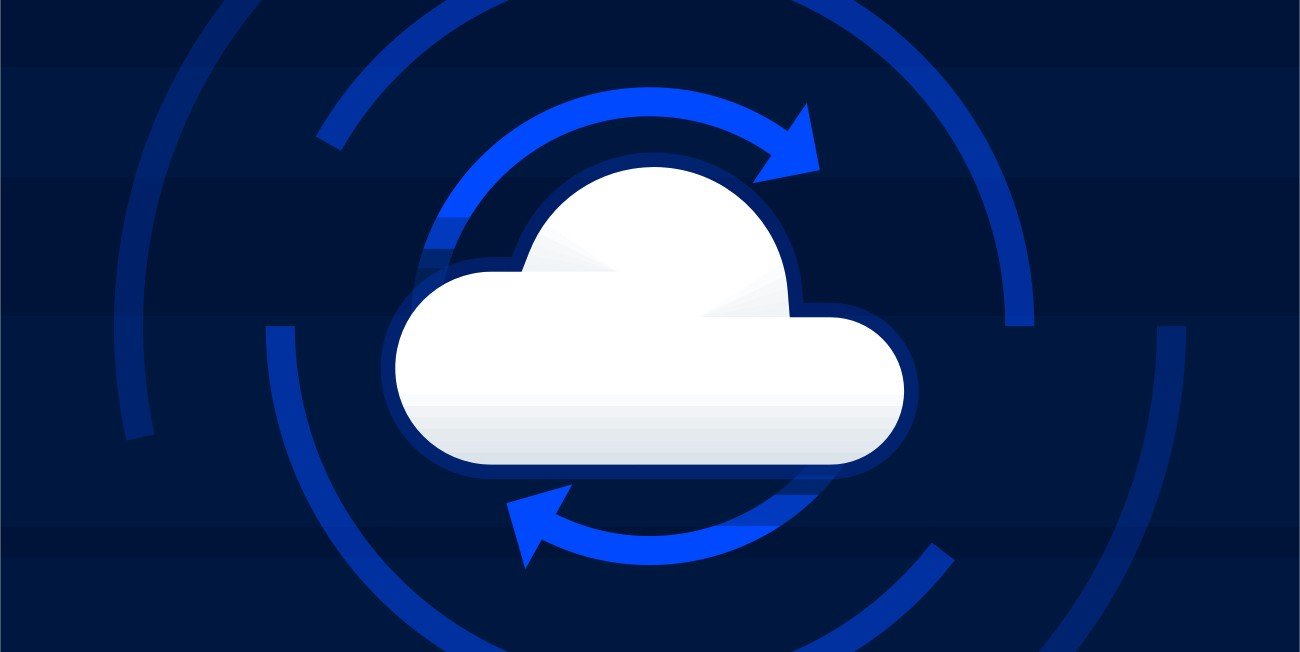Published
1 year agoon
By
Jack
In recent years, cloud storage has become an essential component of our digital lives. However, centralized cloud storage services are susceptible to data breaches and hacks, making the need for decentralized cloud storage more critical than ever before. In this article, we will explore BTCLod, a decentralized cloud storage platform that utilizes blockchain technology to provide secure and reliable storage solutions.
Table of Contents
ToggleBTCLod is a revolutionary cloud storage platform that utilizes blockchain technology to provide secure, fast, and reliable storage solutions. Unlike traditional centralized cloud storage services, BTCLod ensures the privacy and security of users’ data by using a distributed network of nodes that are responsible for storing and retrieving data. This decentralized approach means that there is no central point of failure, making it virtually impossible for hackers to breach the system.
BTCLod uses a blockchain-based system to provide secure and reliable cloud storage solutions. The platform utilizes a network of nodes that are responsible for storing and retrieving data. When a user uploads a file to BTCLod, it is broken down into small chunks, encrypted, and distributed across multiple nodes on the network. This means that the file is not stored in one centralized location, making it virtually impossible for hackers to access the data.
When a user wants to retrieve a file, the BTCLod network uses advanced algorithms to locate and retrieve the encrypted file chunks from multiple nodes, reassemble them, and decrypt the data before sending it back to the user. This process ensures that the user’s data is always available and secure.
BTCLod offers several unique features that make it the ideal choice for anyone looking for secure and reliable cloud storage solutions. Some of these features include:
BTCLod uses a decentralized network of nodes to store and retrieve data. This means that there is no central point of failure, making it virtually impossible for hackers to breach the system.
All data uploaded to BTCLod is encrypted using advanced encryption algorithms, making it virtually impossible for hackers to access the data.
BTCLod utilizes advanced algorithms to locate and retrieve encrypted file chunks from multiple nodes, ensuring that data is always available and retrievable.
BTCLod offers low-cost storage solutions compared to traditional centralized cloud storage services.
BTCLod ensures the privacy of users’ data by using a distributed network of nodes to store and retrieve data.
BTCLod offers several advantages over traditional centralized cloud storage services. Some of these advantages include:
BTCLod offers advanced security features that make it virtually impossible for hackers to access users’ data.
BTCLod’s decentralized network ensures that data is always available and retrievable, even in the event of a network outage.
BTCLod offers low-cost storage solutions compared to traditional centralized cloud storage services.
BTCLod ensures the privacy of users’ data by using a distributed network of nodes to store and retrieve data.
BTCLod is a revolutionary cloud storage platform that offers advanced security features, reliability, low cost, and privacy protection. Utilizing blockchain technology, BTCLod offers a decentralized network of nodes that ensures the privacy and security of users’ data. With fast retrieval of encrypted data chunks from multiple nodes, low-cost storage solutions, and advanced encryption algorithms, BTCLod is the ideal choice for anyone looking for affordable and secure cloud storage options.
